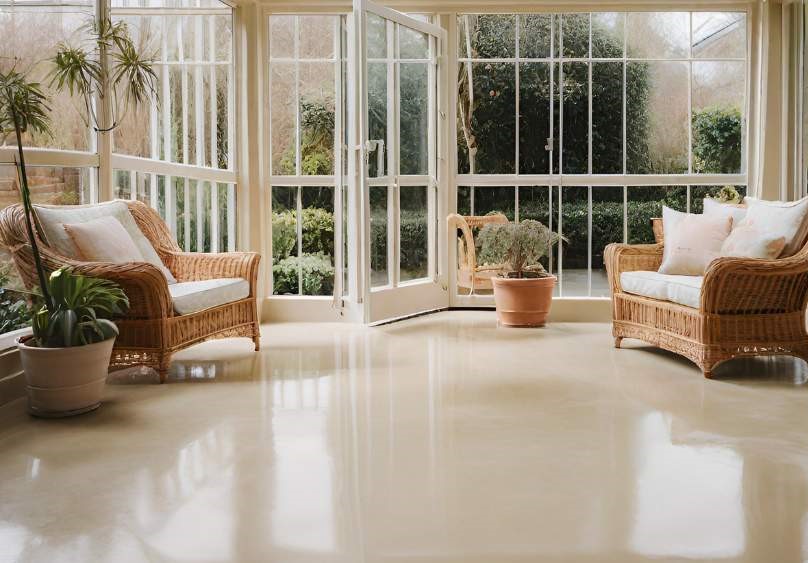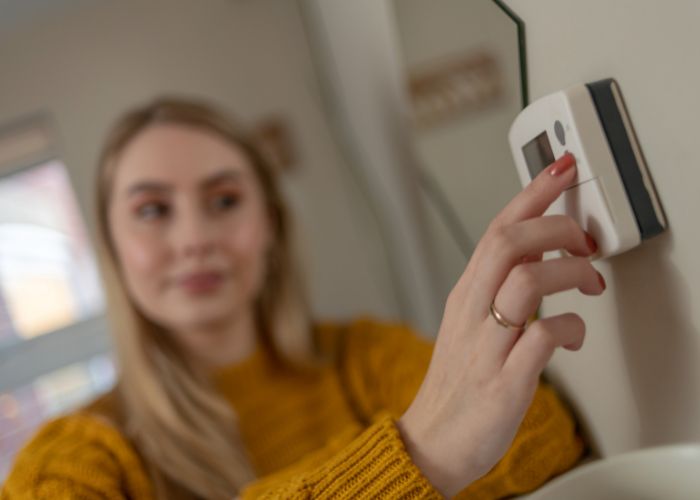What to expect with Polished Concrete
Polished concrete flooring is great at absorbing and releasing heat slowly, which can help keep your home’s temperature steady. In the summer, many homeowners enjoy the cool touch of polished concrete. It’s a natural way to stay cool when it’s hot outside.
However, during the colder months, polished concrete can feel a bit chilly underfoot. It doesn’t have the insulating properties that materials like carpet or wood have. But don’t worry, it doesn’t make a room colder; it just doesn’t provide that cozy warmth on its own.
From my experience, there are easy fixes to this. Underfloor heating is a popular choice for those with polished concrete floors. It spreads warmth evenly across the floor, making it comfortable even in winter. And if you’re looking for a quicker fix, throwing down some area rugs can make a big difference in adding warmth and comfort.


